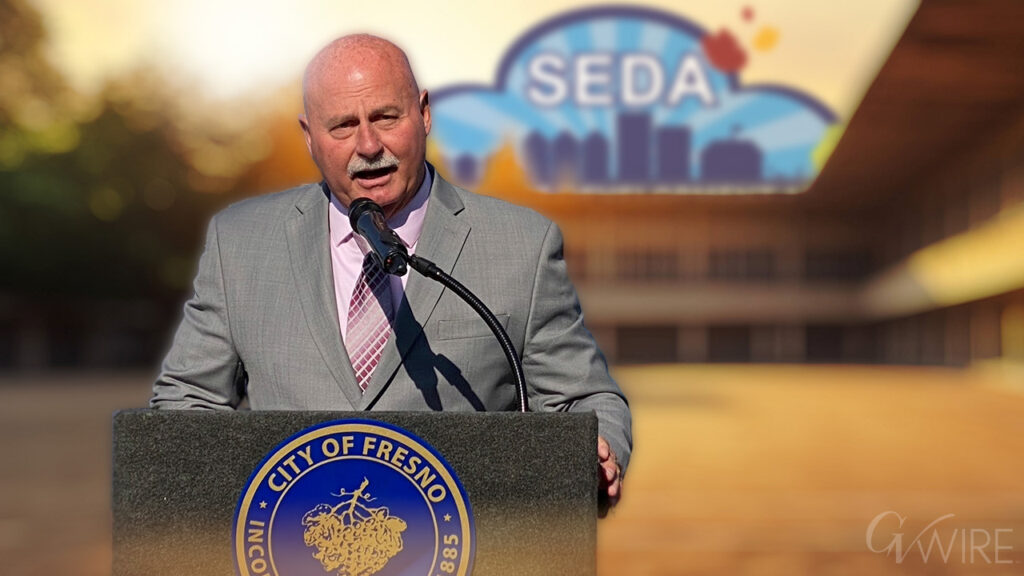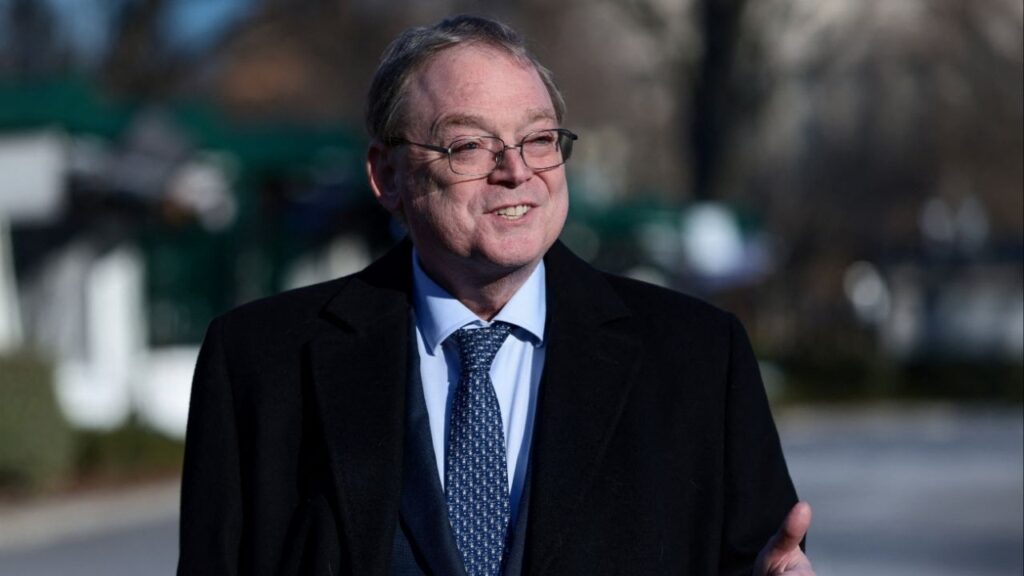Share
Huge drops in daily attendance coupled with a potential massive economic recession predicted for the near future could create dire conditions for Fresno Unified School District, officials said Wednesday.
But the doom-and-gloom scenario is offset somewhat by the billions of extra dollars for education that Gov. Gavin Newsom has proposed for the state’s 2022-23 budget.
Chief Financial Officer Santino Danisi provided an overview at Wednesday’s FUSD Board meeting of the governor’s proposed budget, which would include “one-time” extra funds for school construction, early childhood education, teacher training, and school bus replacements as well as ongoing extra spending on pupil funding and expanding the universal transitional kindergarten program.
But the presentation also included a sobering look at the steep drop-off in Fresno Unified attendance during the pandemic, a phenomenon that has hit districts hard across the nation, and rising rates for employee pension funds that the district is required by state law to contribute to.
Legislative Relief?

Financial experts are predicting a recession in 2024-25 will make the 2008 recession “look like a Girl Scout picnic.” — Trustee Terry Slatic
Trustee Terry Slatic said local, state, and national financial experts predict a pending recession will hit in 2024-25 and will make the 2008 recession “look like a Girl Scout picnic.”
That year the district is scheduled to provide nearly 28% of compensation to CalPERS, the state employees retirement fund, and nearly 20% to CalSTRS, the state teachers retirement fund.
Slatic asked whether the rates might be adjusted if the predicted recession occurs.
The rates are set statutorily, but there is precedent in the past for the legislature to provide some relief in response to economic conditions, Danisi said.
Meanwhile, unless there is a change in the school funding formula that’s historically linked to average daily attendance, many California districts will end up with big holes in their budgets. Several bills are under consideration in the state legislature to revise how schools are financed.
Start Preparing Now

“What is our plan of attack, how will we weather the storm, how will we not go off a cliff, how will we sustain the level of education that we’re trying to provide for our students?” — Trustee Valerie Davis
Even if there is a funding change, a drop in the number of students means school staffing levels will also need to shrink, Trustee Valerie Davis said. And the district should waste no time in developing contingency plans, she said.
“What would the staffing ratio look like? And what staff, what employees are most impacted, when we have to flip the switch?” Davis said. “Those are some discussions we need to start having, not only with our employees groups, but here on this dais.”
Superintendent Bob Nelson said district staffers have been discussing how Fresno Unified might spread the one-time funds proposed for the state budget over a longer period of time to “soften any draconian cuts” that might come because of decreased average daily attendance.
But ultimately, staffing might need to be cut, he acknowledged.
“That blue line is egregious,” Nelson said in reference to a Fresno Unified chart showing the district’s actual daily attendance over the past five years.
The state has continued to fund schools at the same average daily attendance levels from prior to the pandemic to cushion districts from big revenue losses that normally would come with attendance drops. Meanwhile, state legislators are mulling changes to school financing, including initially using a three-year attendance average for funding formulas.
Fresno Unified’s Attendance Drop-off
RELATED TOPICS:
Categories



















